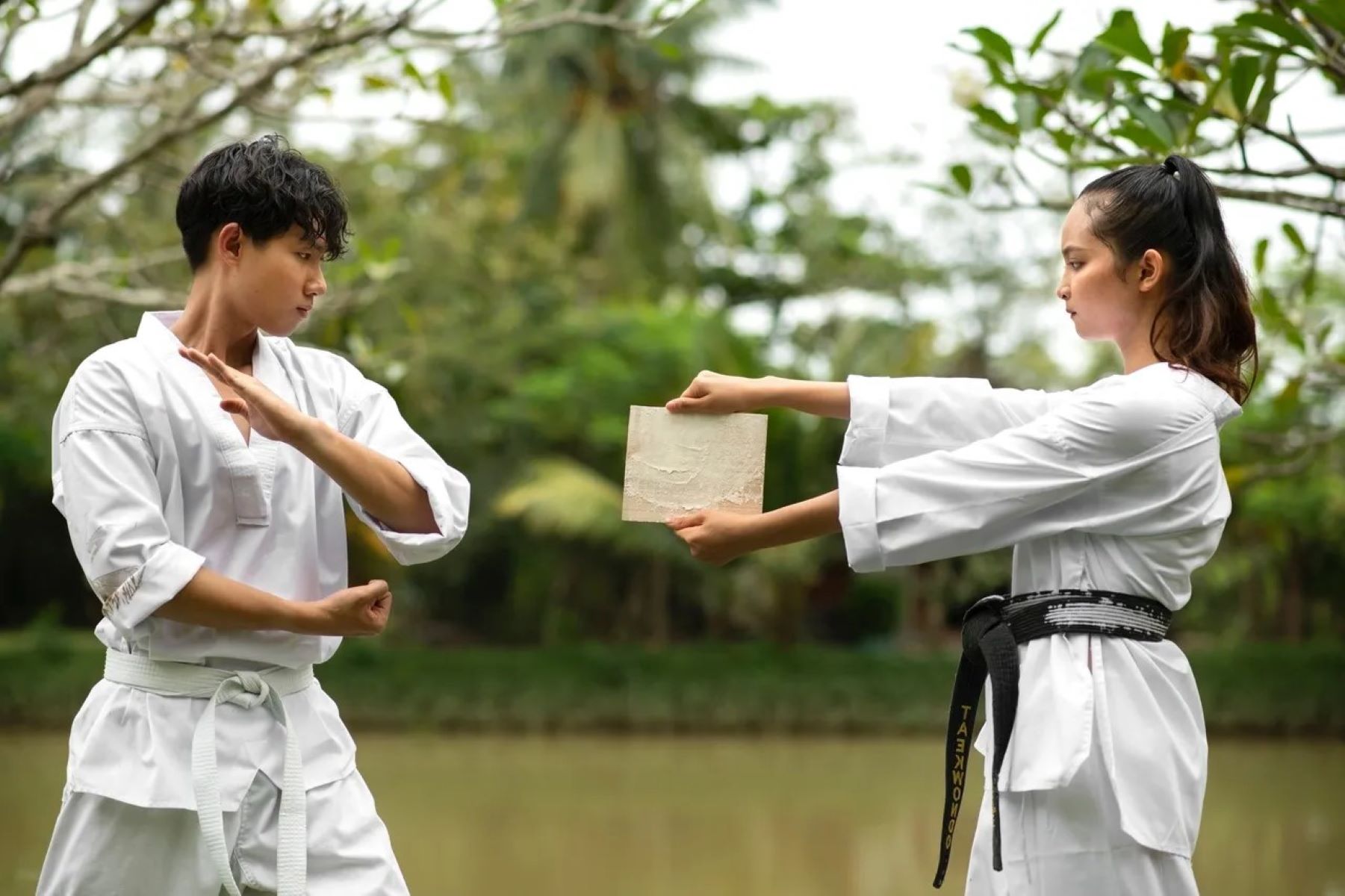The Hidden Roots Of Karate’s Ancient Past

Karate, a martial art known for its powerful strikes and disciplined techniques, has a rich history that many don't know about. Originating in Okinawa, Japan, karate evolved from a blend of indigenous fighting styles and influences from Chinese martial arts. This ancient practice wasn't just about self-defense; it was a way of life, teaching respect, honor, and perseverance. Over centuries, karate masters refined their skills, passing down their knowledge through generations. Today, millions practice this art worldwide, but few understand its deep roots. Let's take a closer look at the fascinating origins and evolution of karate.
The Origins of Karate
Karate, a martial art known for its powerful strikes and disciplined techniques, has a rich history that dates back centuries. Its roots can be traced to various places, each contributing unique elements to its development. Let's explore the hidden roots of karate's ancient past.
Okinawa: The Birthplace of Karate
Okinawa, a small island in Japan, is widely recognized as the birthplace of karate. The island's unique blend of indigenous fighting styles and influences from Chinese martial arts laid the foundation for modern karate.
Shuri Castle: This historic site in Okinawa was a center of political and cultural activity. It played a crucial role in the development of karate, as many early practitioners were associated with the castle.
Naha-te: A traditional Okinawan martial art that heavily influenced karate. Naha-te focused on close-range combat and breathing techniques, which are still integral to karate today.
Tomari-te: Another Okinawan martial art that contributed to karate's evolution. Tomari-te emphasized quick, powerful strikes and agile movements.
Chinese Influence on Karate
Karate's development was significantly influenced by Chinese martial arts. Trade and cultural exchanges between Okinawa and China brought new techniques and philosophies to the island.
Fujian White Crane: A Chinese martial art that inspired many of karate's techniques. The fluid movements and emphasis on precision in Fujian White Crane can be seen in various karate styles.
Shaolin Kung Fu: The legendary Shaolin monks practiced a form of kung fu that influenced karate. Their disciplined training methods and powerful strikes were adopted by early karate practitioners.
The Spread of Karate in Japan
Karate's journey from Okinawa to mainland Japan marked a significant chapter in its history. The martial art gained popularity and evolved further as it spread across the country.
Tokyo: The capital city played a pivotal role in popularizing karate in Japan. Many karate masters moved to Tokyo to teach and promote the martial art.
Kyoto: Known for its rich cultural heritage, Kyoto became a hub for martial arts training. Karate schools in Kyoto helped refine and formalize the techniques.
Osaka: This bustling city also contributed to karate's growth. Karate dojos in Osaka attracted numerous students, further spreading the art.
Modern Karate and Global Influence
Today, karate is practiced worldwide, with millions of enthusiasts embracing its techniques and philosophy. The martial art has evolved, incorporating elements from various cultures and adapting to modern times.
United States: Karate gained immense popularity in the U.S. during the mid-20th century. American practitioners helped spread karate through movies, competitions, and dojos.
Europe: European countries also embraced karate, with numerous schools and organizations promoting the martial art. Countries like France, Germany, and the UK have strong karate communities.
Brazil: Known for its diverse martial arts scene, Brazil has a vibrant karate community. Brazilian practitioners have made significant contributions to the sport, particularly in competitive karate.
The Philosophical Roots of Karate
Beyond physical techniques, karate is deeply rooted in philosophy and discipline. The martial art emphasizes respect, humility, and continuous self-improvement.
Zen Buddhism: The principles of Zen Buddhism have influenced karate's philosophy. The focus on mindfulness, meditation, and inner peace aligns with karate's teachings.
Bushido: The samurai code of honor, Bushido, has also shaped karate's values. The emphasis on loyalty, courage, and integrity is reflected in karate's practice.
Confucianism: Confucian principles of respect for elders, family, and community are integral to karate's ethical framework. These values guide practitioners in their daily lives and training.
Karate's Deep Roots
Karate's ancient past is rich with history and culture. Originating in Okinawa, it blends influences from Chinese martial arts and local fighting styles. This mix created a unique form of self-defense that emphasizes discipline, respect, and physical fitness. Over centuries, karate evolved, spreading worldwide and gaining popularity. Its techniques and philosophies have been passed down through generations, preserving its essence while adapting to modern times. Understanding karate's roots gives a deeper appreciation for its practice today. Whether you're a seasoned practitioner or a beginner, knowing the history enriches your experience. Karate is more than just a physical activity; it's a connection to a long-standing tradition that continues to inspire and teach valuable life lessons. Embrace the journey of learning karate, and you'll find yourself part of a legacy that spans centuries.

